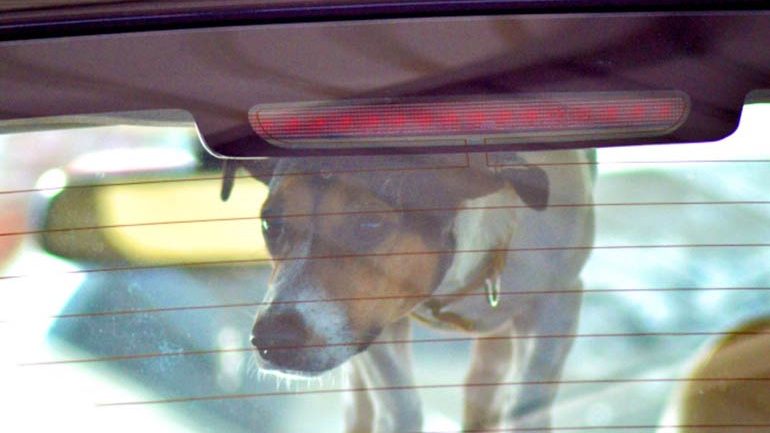As summer temperatures rise, Illinois veterinarians are urging pet owners to take special precautions to protect their furry companions from the dangers of heat exposure. Pets, particularly those with thick fur, are at high risk for heat-related illnesses. It is essential to understand the risks and implement measures to ensure their safety during the hot months.
Risks of Summer Heat for Pets
Pets are susceptible to heatstroke and other heat-related conditions during the summer. Unlike humans, pets cannot sweat to cool down. Instead, they rely on panting and limited sweat glands in their paws. This makes it difficult for them to regulate their body temperature in extreme heat, leading to potential health risks such as heat exhaustion and heatstroke.
Key Risk Factors:
- Thick Fur: Pets with dense fur coats are more prone to overheating.
- Flat-faced Breeds: Breeds like Bulldogs and Pugs have a harder time panting efficiently.
- Age and Health: Older pets and those with health issues are at greater risk.
Signs of Heatstroke in Pets
Recognizing the signs of heatstroke in pets is crucial for prompt intervention. Symptoms can escalate quickly, and immediate action is necessary to prevent severe health consequences or death.
Common Symptoms:
- Excessive panting or difficulty breathing
- Increased heart rate and drooling
- Lethargy or weakness
- Vomiting or diarrhea
- Bright red or pale gums
If any of these symptoms are observed, it is important to cool the pet down gradually and seek veterinary assistance immediately.
Preventative Measures
To keep pets safe during the hot summer months, veterinarians recommend several preventative measures. These tips can help minimize the risk of heat exposure and ensure pets remain comfortable and healthy.
Tips for Pet Safety:
- Provide Ample Water: Ensure pets have access to fresh, cool water at all times to stay hydrated.
- Limit Exercise: Avoid vigorous exercise during peak heat hours. Walk pets early in the morning or late in the evening when temperatures are cooler.
- Shade and Shelter: Provide shaded areas and shelter to protect pets from direct sunlight.
- Never Leave Pets in Cars: Cars can heat up rapidly, even with windows cracked. Never leave pets unattended in vehicles.
- Cooling Aids: Use cooling mats, fans, or air conditioning to help pets stay cool indoors.
- Grooming: Regular grooming helps remove excess fur and prevents matting, which can trap heat.

Special Considerations for Different Pets
Different types of pets have varying needs and susceptibilities to heat. Understanding these differences can help pet owners provide better care tailored to each pet’s requirements.
Dogs:
- Ensure dogs have access to water and shade.
- Use cooling vests or bandanas during walks.
- Avoid hot pavement that can burn their paws.
Cats:
- Encourage cats to stay indoors during extreme heat.
- Provide cool, shaded resting spots.
- Keep windows and doors closed to prevent escapes.
Small Mammals and Birds:
- Keep cages out of direct sunlight.
- Use fans to improve air circulation.
- Provide fresh vegetables with high water content for hydration.
Community Resources and Support
Many communities offer resources to assist pet owners during the summer months. Local veterinary clinics, animal shelters, and pet supply stores often provide advice and products to help keep pets cool. Pet owners are encouraged to reach out to these resources for additional support and information.
Also Read:
- Illinois Gas Tax to Increase Automatically on July 1st
- Illinois Enhances Mosquito Control Efforts After West Nile Virus Detected Across 13 Counties
Conclusion
Protecting pets from the summer heat is a critical responsibility for pet owners. By understanding the risks, recognizing the signs of heatstroke, and implementing preventative measures, pet owners can ensure their furry friends stay safe and healthy during the hot months. Community support and resources are also valuable in aiding pet owners in this endeavor, fostering a safe and pet-friendly environment for all.





